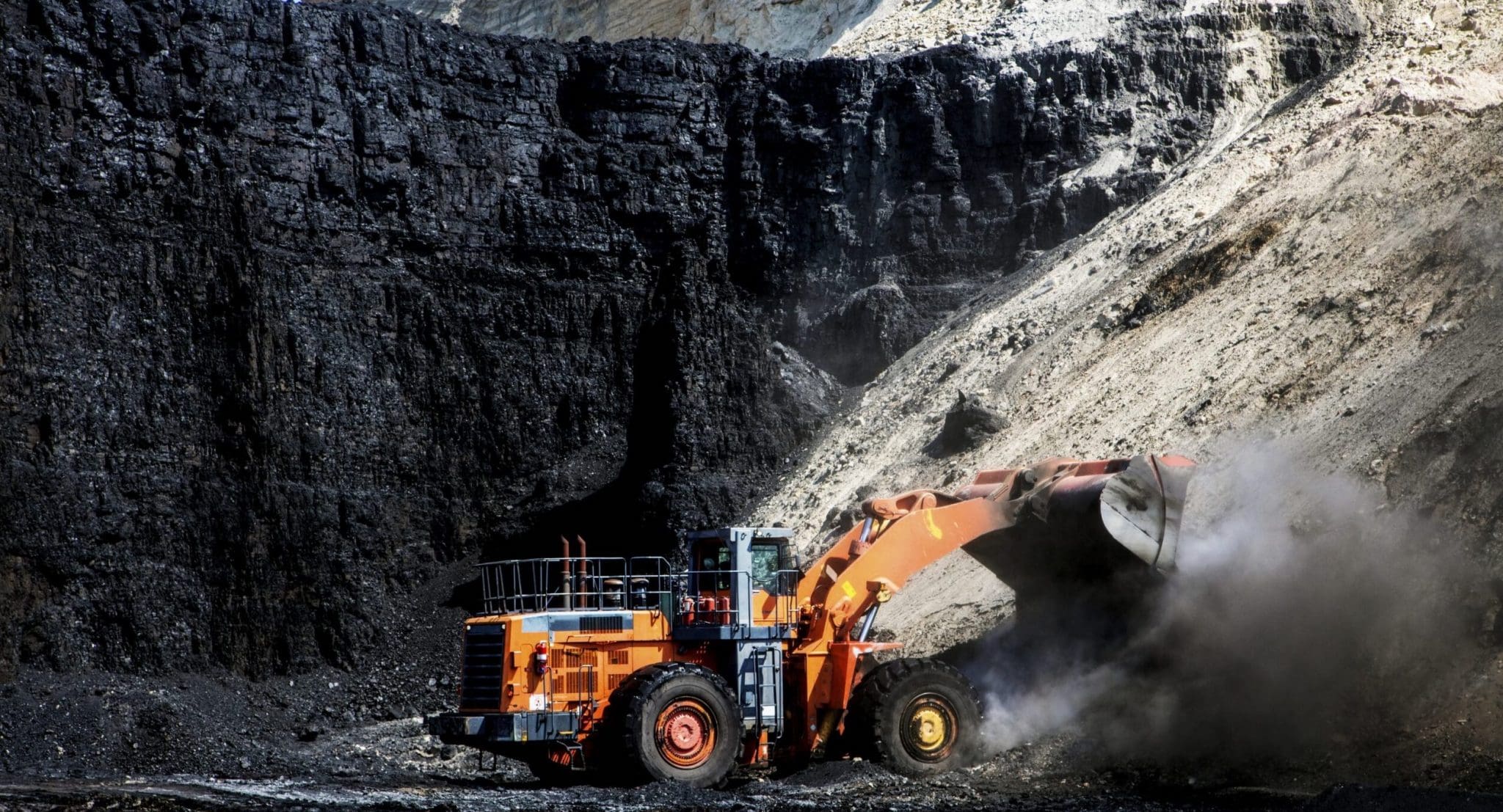In late March, the federal Labor government secured support from the Greens to pass the Safeguard Mechanism (Crediting) Amendment Bill 2023 (‘the Safeguard mechanism’). This bill will be celebrated as a significant development in Australian climate policy, and I would even go as far as to suggest that it’s a good omen signalling the introduction of more radical legislative approaches to climate action in future. However, the provisions of the Safeguard Mechanism are frankly insufficient in the face of the existential threat that climate change poses and the urgency that accompanies it.
The two key changes outlined in the bill are an absolute cap on carbon emissions on a national level, and a mandated 4.9% annual emissions reduction target for 215 big industrial emitters. The Amendment is set to take effect on 1 July.
These new measures are set to rule out 58 out of 116 new proposed coal and gas projects across the country and, by the government’s calculations, put us on track to reach a 43% reduction in emissions by 2030.
The economic argument: dodgy carbon credits
A fundamental flaw of the safeguard mechanism is its acceptance of carbon offset credits as greenhouse gas emission ‘reductions’. This means that industrial emitters can still effectively sidestep emissions reduction targets by purchasing Australian Carbon Credit Units (with each unit representing the removal or avoidance of one metric tonne of emitted CO2). Amongst critics of the Safeguard Mechanism is climate and energy consultant Ketan Joshi who described it as “essentially a massive honour system for the country’s worst emitters – mostly fossil fuel companies – blended with a government mandated system of greenwashing and fake climate action.”
The Australian carbon offset market hasn’t operated without criticism, with a recent independent review calling for the closure of the “avoided deforestation” methodology, amongst other transparency reforms. Through this controversial and highly sanctioned method, carbon farmers are awarded ACCUs for not clearing land, without them necessarily having any intention of clearing it in the first place. This type of carbon farming has detrimental impacts in terms of land prices, fire risks, feral animals, and the spread of invasive native species of vegetation. Further, analysis by the Guardian has estimated that only 5.5% of carbon credits awarded by the biggest certifier, Verra, have represented real emissions reductions.
The ecological argument – net zero when?
A simpler ecological argument to be made against the Safeguard Mechanism is that it quite simply falls short of the rapid decarbonisation we need to undergo to limit global warming to 1.5 °C, the ecological tipping point outlined in the IPCC Special Report on Global Warming, beyond which we will experience food and water shortages, as well as more frequent and more severe natural disasters. While the Safeguard Mechanism is set to bring us to a 43% reduction in emissions by 2030, a net zero by 2030 target as the only feasible way to limit warming to 1.5 °C
The political argument – just transition now!
As a result of its continued accommodation for carbon offsetting, the Safeguard Mechanism incentivises investment in offset and abatement programs, drawing investment away from the critically important expansion of renewable energy infrastructure. The Mechanism will also still allow for the approval of 58 new destructive proposed coal and gas projects, including a Santos fracking project in Queensland’s Surak Basin.
The Amendment is undoubtedly the most ambitious piece of climate legislation we have seen in Australia to date. However, I believe a truly just and sustainable future, the likes of which I and many other climate activists dream of, can be achieved only through a full, worker-driven transition to publicly-owned renewable energy. Dream as I might, I believe we will not live to see this future so long as we remain so unimaginative as to not find ways to bring it to fruition, so docile as to not demand better of our leaders, so defeated as to not fight for it.





